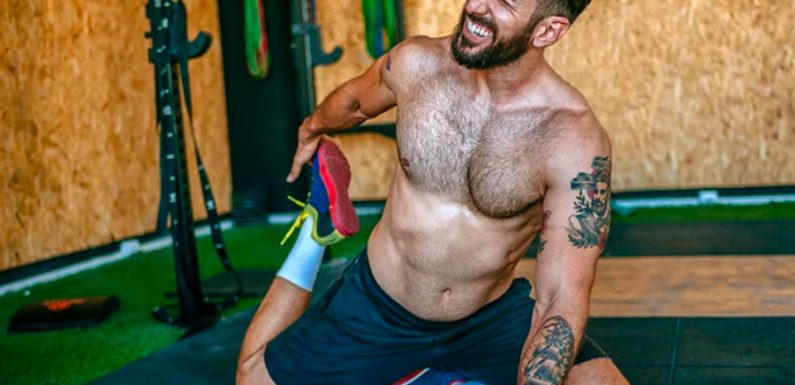
There is a good chance that you have experienced post-workout muscle soreness if you have ever carried a kid around the Detroit Zoo, hiked to the pinnacle of a mountain, or run longer than you anticipated. Muscle soreness is a common result of physically taxing oneself beyond their limits. Understand first what helps sore muscles after a workout.
Muscles grow and become stronger in response to trauma caused by forces that cause minute tears in the muscle fibres. Fluid rushes to the area because injured cells need to be flushed out and new, stronger muscle cells need to be created, which can be highly uncomfortable.
While there is no surefire way to avoid muscle fatigue, the following eight strategies may help ease the discomfort once it sets in:
Try to eat in a balanced and healthy way. Protein is essential for muscle repair, carbohydrates for energy during exercise, and healthy fats for joint health. So, it is crucial to take in adequate fuel before and after a workout. Snack on a bowl of quinoa with steamed veggies and chicken before or after your workout, or spread peanut butter on toast and consume an apple. Eating well should always be a top priority.
Hydrate. A lack of fluids can slow the recovery of your muscles after exercise and is therefore one of your deadliest enemies. In order to purge waste products and heal damaged muscle, fluid is needed. A decent rule of thumb is to drink 8 ounces of water after every 15 to 30 minutes of exercise. Skipping this crucial step will not only make your discomfort worse, but it will also extend its duration.
Adjust your environment. Before commencing your workout, it is recommended that you spend at least ten to fifteen minutes warming up your muscles by stretching. After warming up your muscles with stretching, try some easy cardio. Ensure that the muscles you’re using today receive an adequate supply of blood at all times. Having a warm sensation in the muscles is crucial, especially when jogging in cold weather.
Unwind and take it easy for a while. An efficient cool-down can be achieved by reversing the order in which the warm-up procedures are performed. When you’re ready to stop exercising, it’s best to ease off gradually so that fluid doesn’t build up in your muscles and joints.
Get your back rubbed. Massage can help alleviate muscle pain by reducing associated stiffness. The muscle will relax on its own once the knots have been worked out and the muscle has been worked. In addition to increasing blood flow to the injured area, this technique also forces pooled fluid out of the body, which has a beneficial effect on the healing process. Also, it won’t harm your comfort level at all.
It’s important to think about the right answers. Ointments like BenGay, Tiger Balm, Traumeel, and others have compounds that are relaxing, numbing, and tingling, but they don’t penetrate deeply enough of reaching the muscle.
Just set it down. With a foam roller, you can enhance blood flow to certain muscle groups by exerting pressure in a rolling motion. See it as a frugal way to massage your own deep tissue. Slowly rolling over areas of tension can help relax muscles and speed up the healing and recovery process. You should keep moving. When you already have sore muscles, working them out may seem like a terrible idea. But, studies show that even mild exercise can help keep the blood pumping and speed up the elimination of toxins and chemicals that contribute to aches and pains in the muscles.
Expect some muscle soreness at the start of a new exercise routine, especially if you lead a sedentary lifestyle and have never done something as physically demanding as running a marathon before. Yet, you shouldn’t let sore muscles deter you. It is normal to have some muscle stiffness when beginning an exercise routine.

